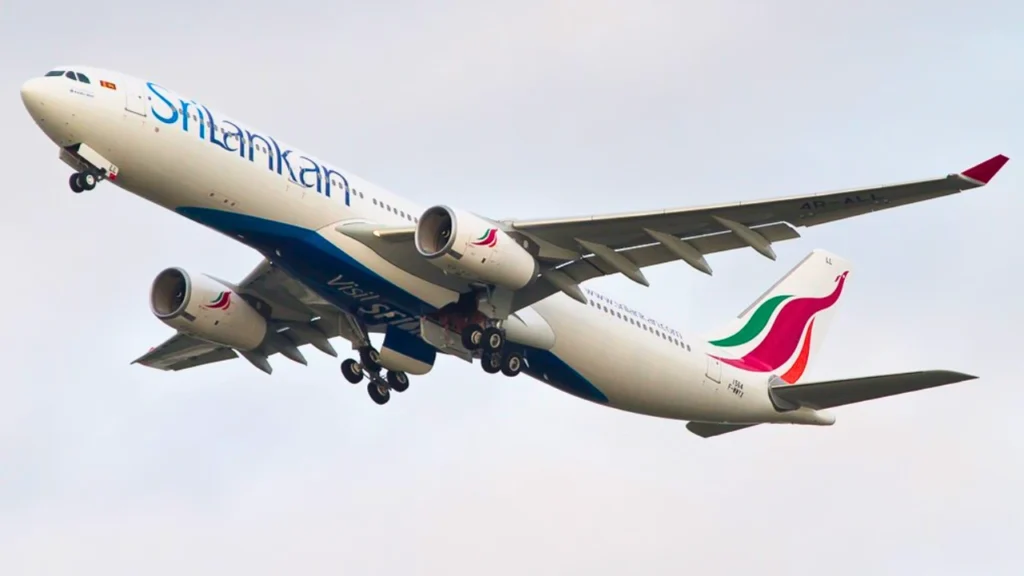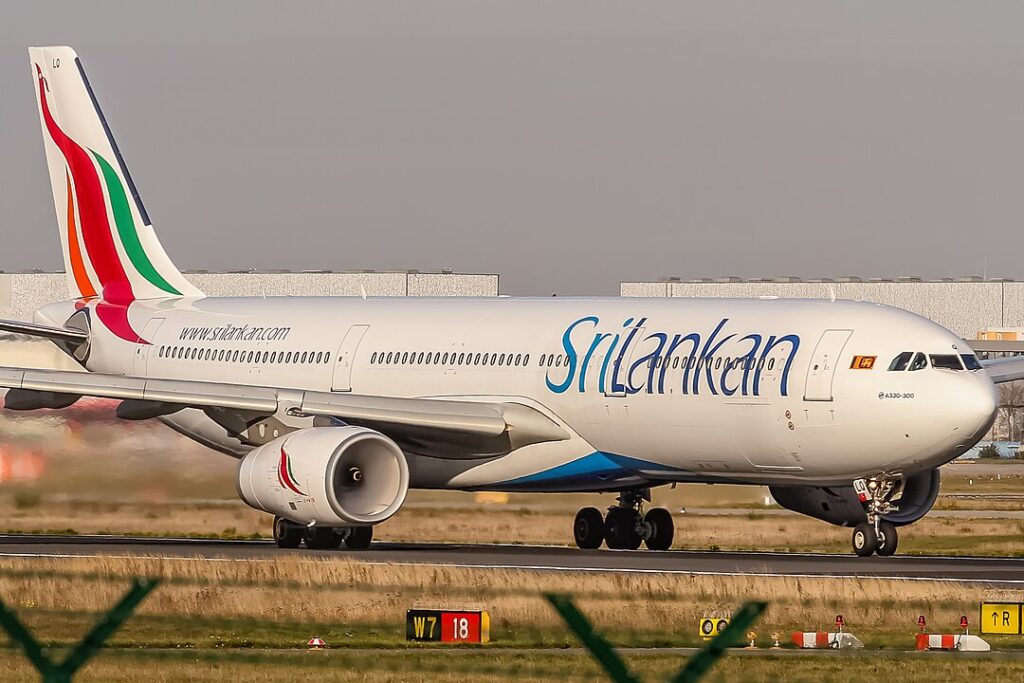In recent years, the trend of privatizing flag carriers has gained traction across the Indian subcontinent. Air India (AI), Pakistan International Airlines (PK), and Sri Lankan Airlines (UL) have each experienced government-driven efforts toward privatization, though with varying degrees of success.
This trend points to deep-rooted challenges such as political interference, inefficiency, financial mismanagement, and corruption.
Flag Carriers Privatization in the Indian Subcontinent
This article analyzes the probable factors influencing these moves toward privatization, along with the specific situations surrounding these carriers.

1. The Case of Air India
Background and Privatization
Air India’s privatization marks one of the most prominent examples of a national carrier transitioning to private ownership in the region. The Indian government initiated the privatization process due to the carrier’s massive debt, operational inefficiency, and persistent losses.
By 2020, Air India’s debt had reached nearly $8 billion, making it unsustainable for the government to continue funding operations without restructuring.
Key Challenges
- Political Interference: Frequent government intervention in management decisions has historically impacted Air India’s efficiency and financial health.
- Operational Inefficiency: Overstaffing, lack of profitability on numerous routes, and outdated fleet planning all contributed to the airline’s struggles.
- Financial Burden: Air India’s losses continued to accumulate, and the airline faced high costs due to excessive debt and interest payments.
Outcome
In 2022, the Tata Group acquired Air India, ending the government’s ownership and marking a shift to private control. This move has been seen as a way to bring in professional management and reduce state-driven inefficiencies.
Since then, the airline has announced ambitious plans for fleet renewal (Vihaan.AI) with large aircraft orders and network expansion, aiming to regain profitability.
Recently, the airline completed the merger of Air India and Vistara. A few weeks back, they merged Air India Express (IX) and AIX Connect.

2. Pakistan International Airlines (PIA) – Current Privatization Attempt
Background
Pakistan International Airlines (PIA) has been a struggling entity for decades, marred by heavy losses, corruption scandals, and mismanagement.
Despite government bailouts, the airline’s financial issues have only worsened, leading to the recent decision by Pakistan’s caretaker government to begin the privatization process.
Key Challenges
- Corruption and Nepotism: PIA has faced allegations of hiring based on political connections, leading to overstaffing and an unproductive workforce.
- Inconsistent Leadership: Frequent changes in leadership have hindered the carrier’s ability to implement a cohesive long-term strategy.
- Debt and Operational Losses: PIA’s debt continues to grow, with estimates suggesting it has accumulated losses of nearly $5 billion.
Privatization Goals
The Pakistani government aims to make PIA a more efficient, profitable entity by attracting private investors. However, potential buyers may be cautious given the carrier’s entrenched issues, and the government may need to undertake significant restructuring before privatization.

3. SriLankan Airlines – The Failed Privatization Attempt
Background
Sri Lankan Airlines, which has faced financial challenges for years, attempted privatization in 2016. The Sri Lankan government, grappling with a debt-laden airline, sought to attract private investors to reduce the financial burden on state finances.
However, political instability, limited investor interest, and lack of a clear strategy led to a failed attempt.
Key Challenges
- Financial Losses and Debt: Like other national carriers, Sri Lankan Airlines has struggled with mounting debt and operational inefficiency.
- Political Uncertainty: Frequent political changes in Sri Lanka made it difficult for the government to secure long-term investment.
- Unattractive Investment Proposition: Investors found the airline’s debt levels and inefficiency unappealing, leading to limited interest from private firms.
Current Status
Sri Lankan Airlines remains state-owned, with periodic discussions on potential privatization. However, investor interest remains low, and political commitment is inconsistent, complicating any progress toward privatization.

Common Struggles of National Carriers in the Subcontinent
Flag carriers in the Indian subcontinent face a shared set of challenges that often make state ownership financially unsustainable:
- Political Influence: National carriers are frequently subject to political influence, impacting their route decisions, management choices, and employment practices. Political appointees and directives often override commercial strategies, limiting operational efficiency and financial health.
- Corruption and Nepotism: Hiring based on connections rather than merit is common, leading to overstaffing and inefficiencies. Corruption and misuse of resources further erode profitability and public trust.
- Financial Mismanagement and Accumulated Debt: Mismanagement and a lack of accountability often lead to excessive spending and debt accumulation. With limited accountability, national carriers struggle to sustain profitability without repeated government bailouts.
- Lack of Professional Leadership: State-appointed executives often lack industry expertise and face limited accountability, resulting in inconsistent management and the inability to implement necessary reforms.

Why Privatization May Be the Solution?
Privatization offers the potential to address many of these longstanding issues. Private ownership can bring in experienced management, reduce political interference, and improve accountability.
The Tata Group’s acquisition of Air India has demonstrated early signs of improvement in efficiency, branding, and customer service, providing a case study for other national carriers in the region.
However, successful privatization is not guaranteed and requires clear commitments from governments to allow operational freedom and reduce political interference.

Bottom Line
The push to privatize flag carriers in the Indian subcontinent reflects deep-rooted challenges faced by these airlines under state ownership. Air India’s privatization shows promise, while PIA’s and Sri Lankan Airlines’ paths remain uncertain due to financial and political complexities.
Ultimately, privatization alone may not resolve all issues. For sustainable improvements, these carriers will require structural reforms, professional management, and clear commitments from governments to limit political interference.
Feature Image by Siddh Dhuri (@mumbaiplanes)
Stay tuned with us. Further, follow us on social media for the latest updates.
Join us on Telegram Group for the Latest Aviation Updates. Subsequently, follow us on Google News

